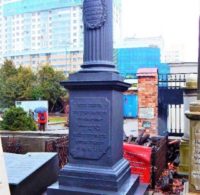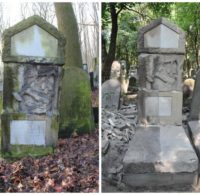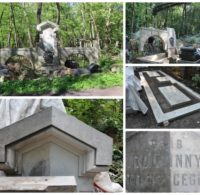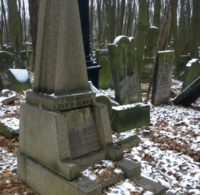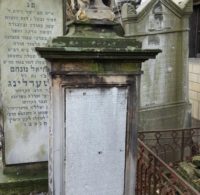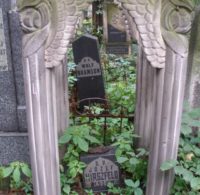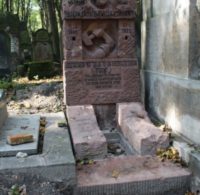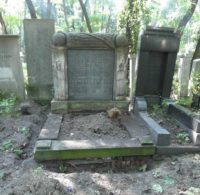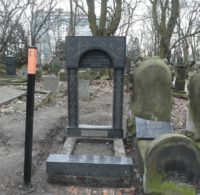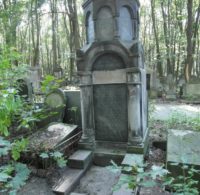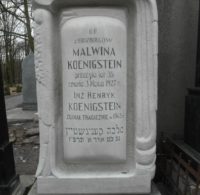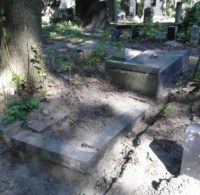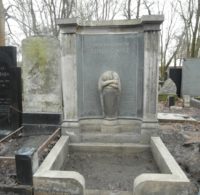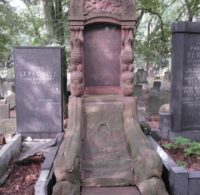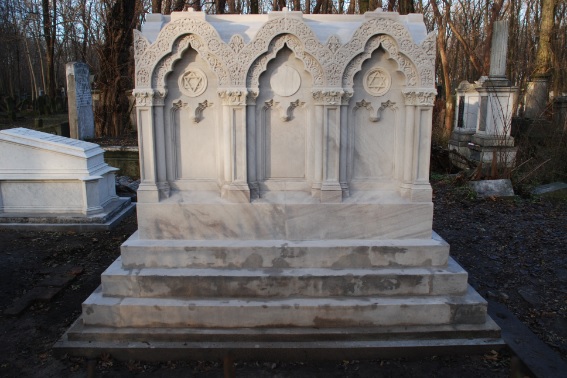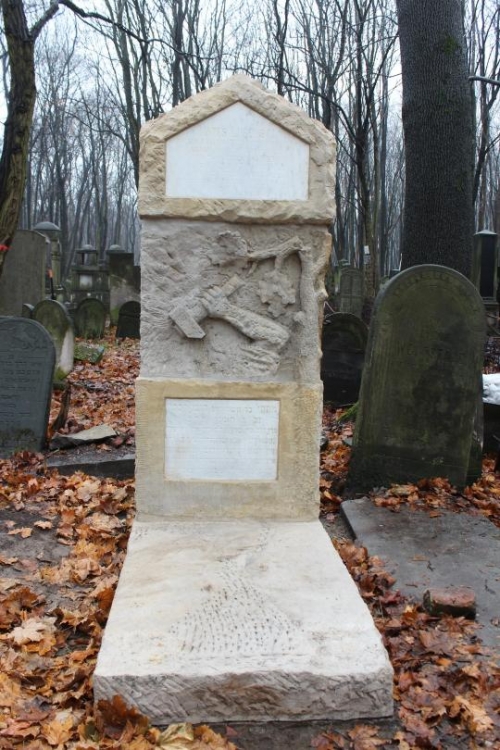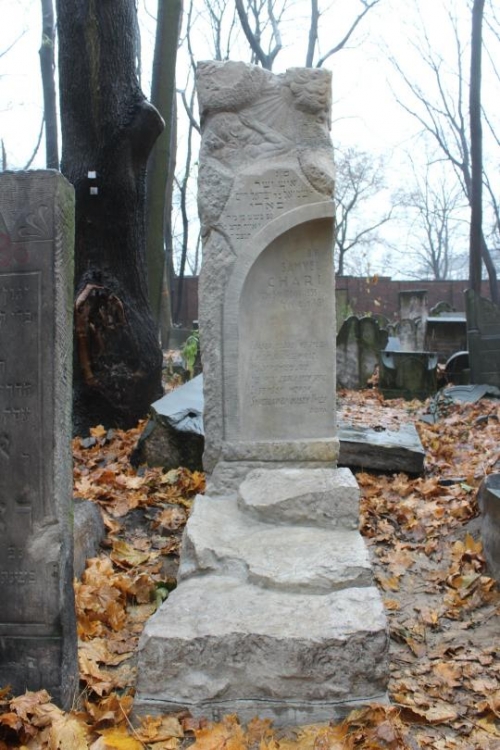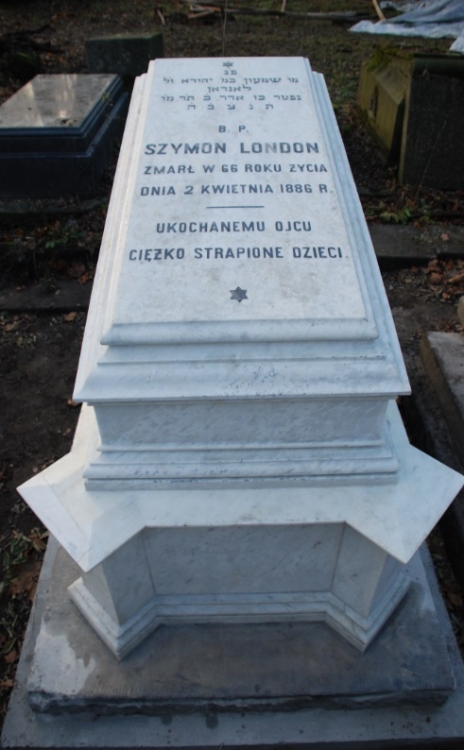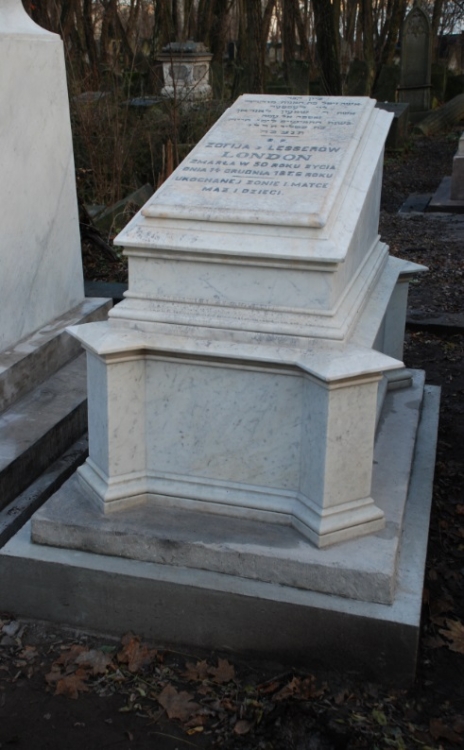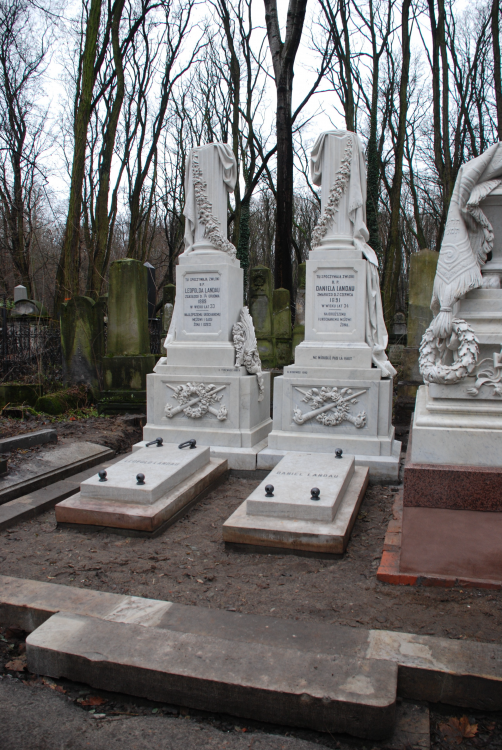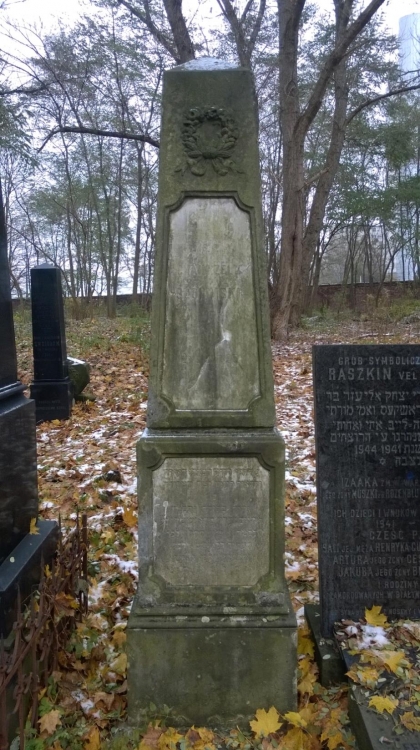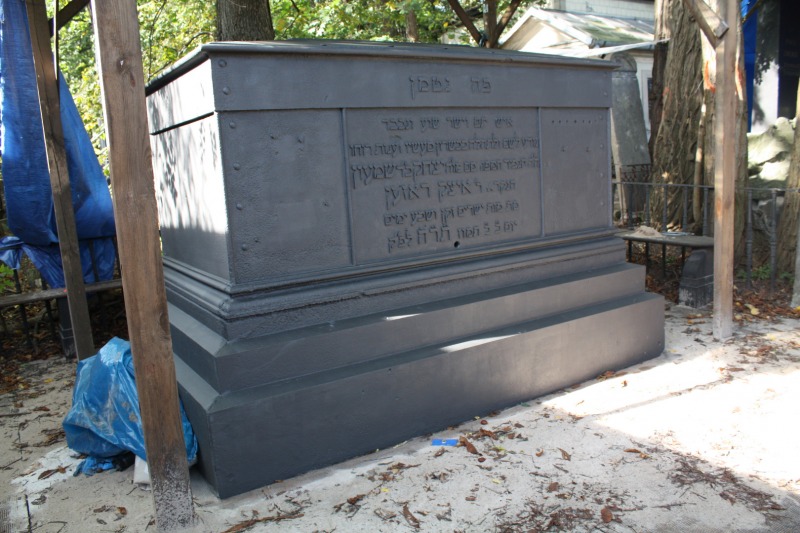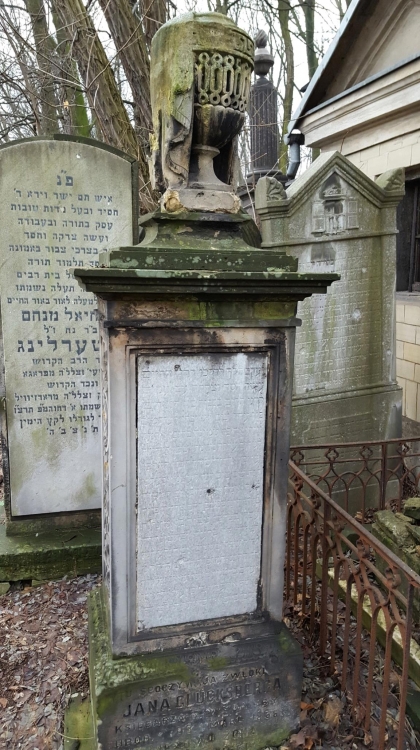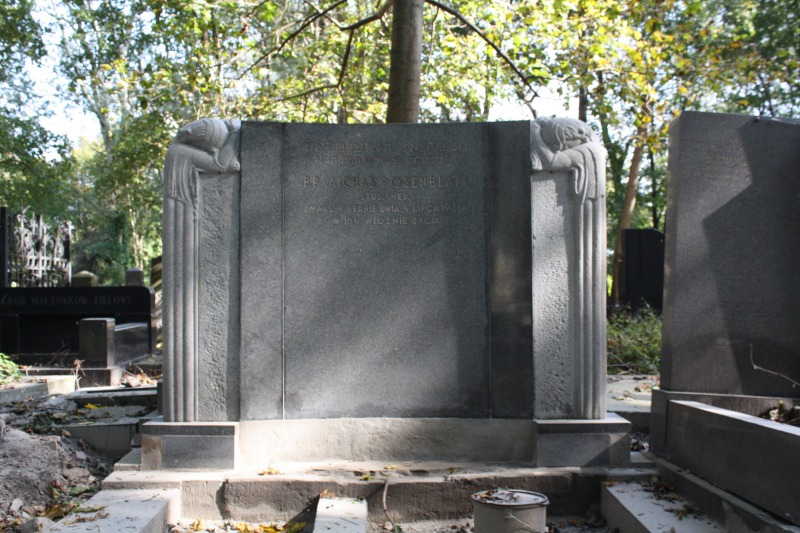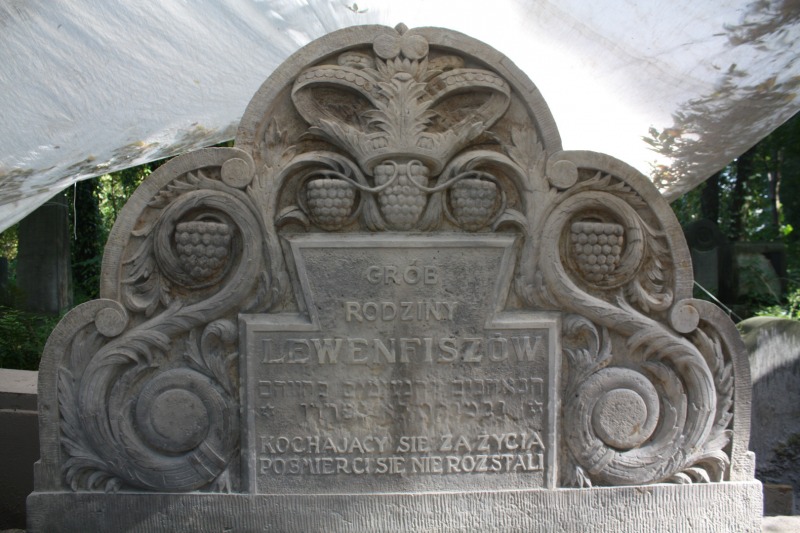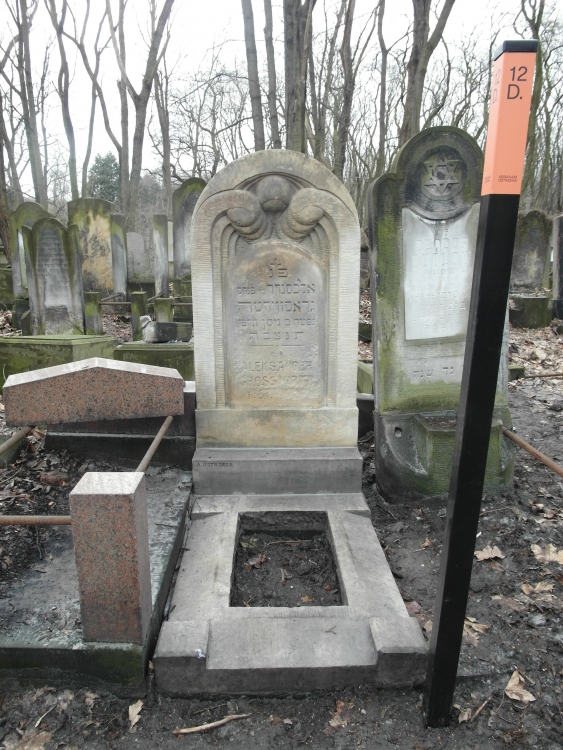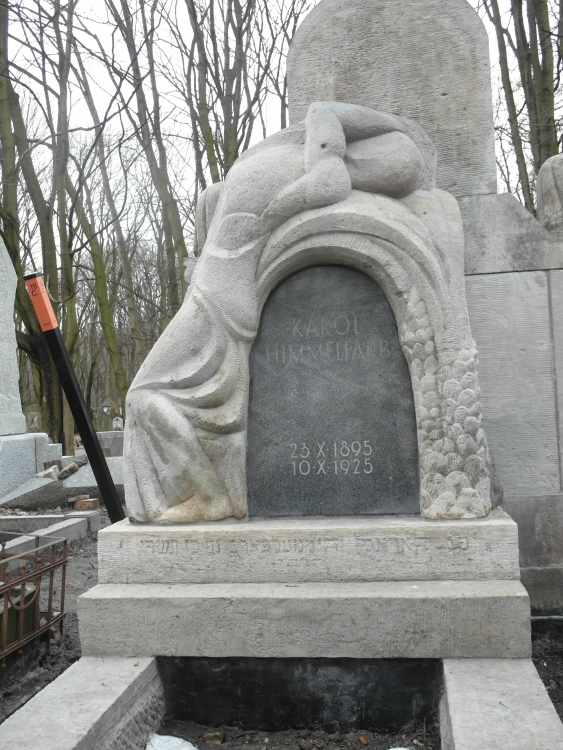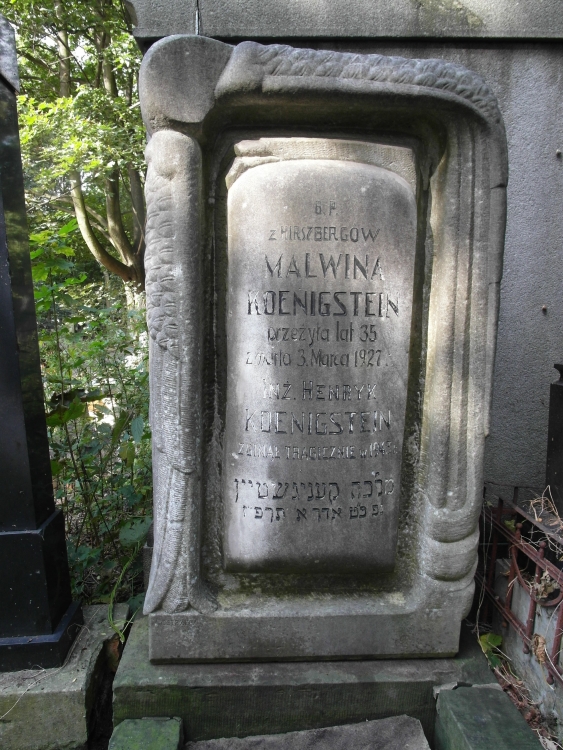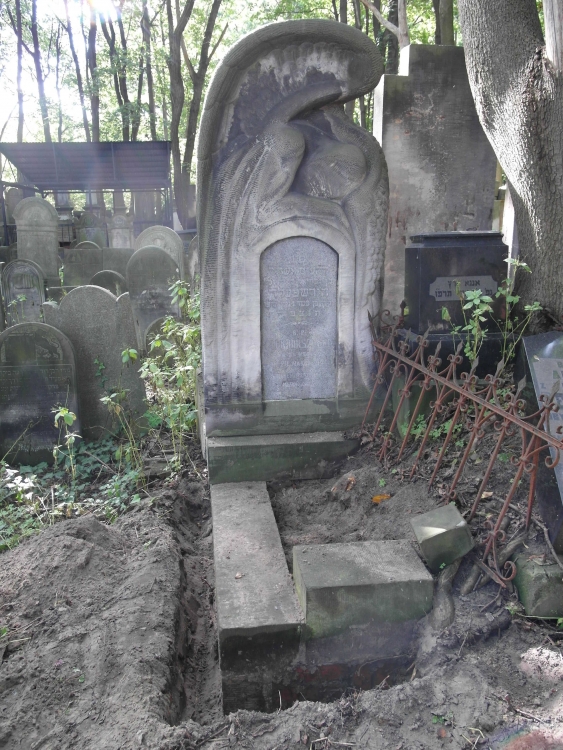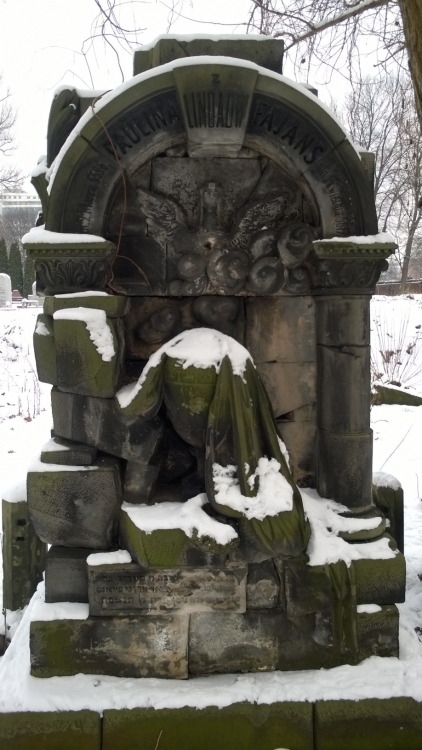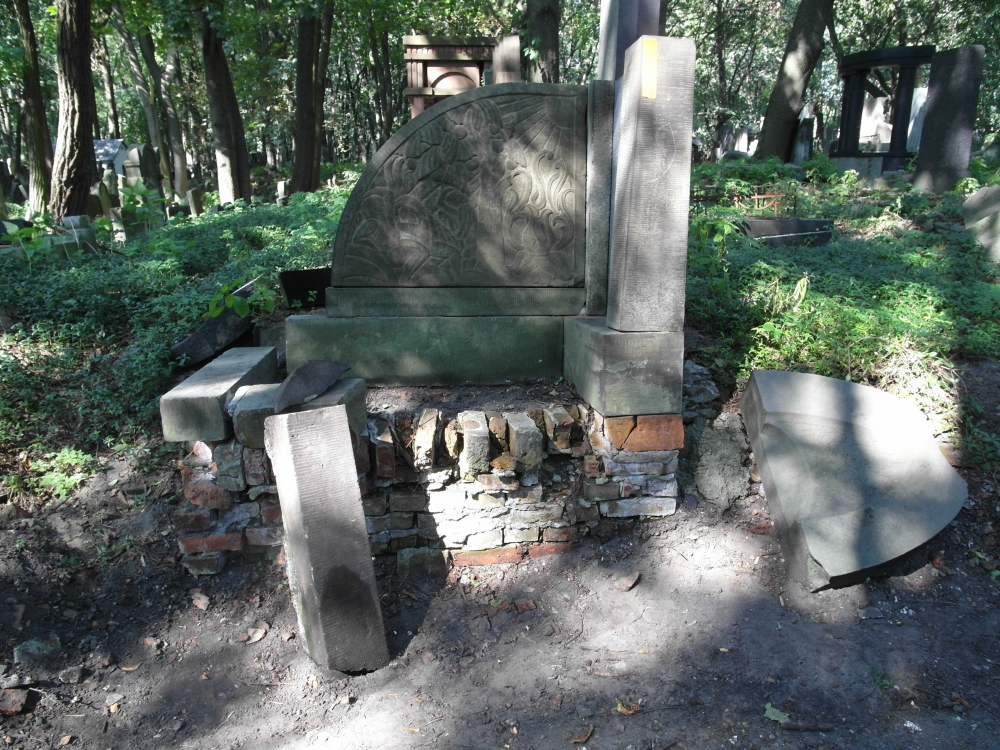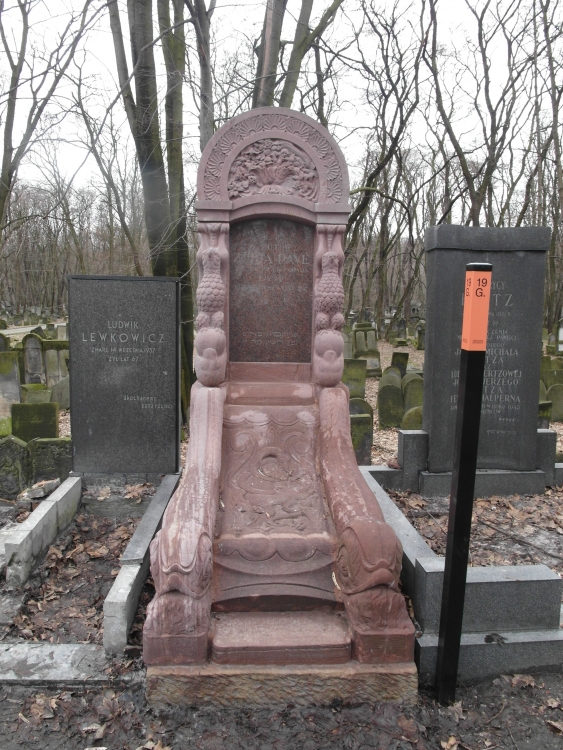o projekcie
The Jewish Cemetery on Okopowa (known as the cemetery on Gęsia before WWII) was established in 1806 on the initiative of the Jewish Community in Warsaw. It is the largest Jewish cemetery in the capital city of Poland, the second largest Jewish cemetery in Poland, and one of the largest Jewish cemeteries in the world. Over 80 thousand matzevot were identified during the inventorying of its assets.
Together with five other religious cemeteries found in Warsaw’s Powązki it forms a historic complex recognized in 2014 as a Historic Monument. The cemetery is a remarkable collection of various forms of sepulchral sculpture. But most of all, it is the final resting place of many outstanding clergymen, scientists, industrialists, writers, soldiers, and social activists.
You’re most welcome to visit our new website presenting the Jewish Cemetery:
http://www.cmentarzzydowski.pl/
In 2019 we preserve the qualities of 23 grave markers: Nagrobek Majera Bersohna, Paulina Bauman (z Bersohnów), Salomon Michała Baumana, Róży Hipszer, Tomek Oppenheima, małżonkowie Kleinadel, Ludwik Flatau, Rozalia Flatau, Markus Rosen, Dorota Kohen, Ludwika Oppenfeld, Bernard Kohen, Wolf Taubworcela, Rubin Handelsman i Helena z Rosenbergów, Józef Handelsman, Róża Hirszfeld, Ludwik Hirszfelda, Staś Feinsteina, Yitzhak Prywes, Aleksander Hertz, Avrahama Tzvi Perlmuttera, Dov Berush Meiselsa, Israela Asher Mendelsona, Heleny Słomnickiej, Josefa Arciszewski, Rodzina Łaskich, Abraham Cwajusa, Akiwa Gurewicz, Władysław Adler, Rachela Landau and AdolfaTruskiera. The conservation works were carried out by three conservation teams managed by: Magdalena Olszowska (gravestones), Damian Pisarski (gravestones), and Władysław Weker (metal grave markers). The project was supervised by Prof. Janusz Smaza. The task carried out by the Cultural Heritage Foundation was financed with funds provided by the Heritage Protection Department of the City of Warsaw and the Jewish Community in Warsaw and the profit coming from investments of sources placed in the endowment fund of the Cultural Heritage Foundation funded by the Ministry of Culture and National Heritage. In 2018 we managed to preserve the qualities of 23 grave markers: Władysław and Salomea Szancer, Aleksander Lesser, Daniel Lesser, Lewi Lesser, Zofia London, Szymon London, Henryk Wawelberg, Wilhelm and Ewa Landau, Daniel Landau, Leopold Landau, the Fajans family, Salomon Mintz, Eugenia Koenigstein, Mira Cukierman, Samuel Abraham Poznański, Samuel Chari, Leontyna Bergson, Mates Lubelski, Mendel Waserman, Adam and Balbina Brabander, the Eizenbetts, Józef Poznański, the Landau family fence, the tomb of Salomon Antoni Eisenbaum. The conservation works were carried out by three conservation teams managed by: Magdalena Olszowska (gravestones), Damian Pisarski (gravestones), and Władysław Weker (metal grave markers). The project was supervised by Prof. Janusz Smaza. The task carried out by the Cultural Heritage Foundation was financed with funds provided by the Heritage Protection Department of the City of Warsaw and the Jewish Community in Warsaw. The featured photos depict the conservation works in progress as of mid-August 2018. The conservation works of 2017 were carried out by two conservation teams managed by Magdalena Olszowska (gravestones) and Władysław Weker (metal grave markers). The project was supervised by Prof. Janusz Smaza. The task carried out by the Cultural Heritage Foundation was financed with funds provided by: the Minister of Culture and National Heritage as part of the programme entitled “Supporting the preservation of sites of remembrance and commemoration in the country”, the Heritage Protection Department of the City of Warsaw, and the Jewish Community in Warsaw. In 2016 we had 32 grave markers conserved, including gravestones of the following: Aleksander Grosswirth, Benjamin and Hendia Helfer Rykwert, Estera Pave (née Rozenfeld), Fejga Eltermann-Alpern, Felicja Kon (née Krongold) and Fryderyka Krongold (née Czlenow), Frajda Freundenberg (née Apfelbaum), Helena Arciszewska (née Amsterdamska), Karol Himmelfarb, Leon Koprowski-Leski, Magnus Kryński, Malwina Koenigstein (née Hirszberg), the Mausoleum of Three Writers (Isaac Leib Peretz, Yacov Dinezon, and Simon An-ski), Olek Hirszfeld, Róża Orzech (née Szwajcer), Sara Perle, Teresa Rosenbaum, Witold and Regina Simchowicz (née Rosenbaum), Zofia Pave, Nachum Szlomo Brinner; Franciszka Eiger, Paulina Fajans (née Lindau), Rebeka Gerstenzweig (née Hasfeld), Helena Kranc (née Weingold), Paulina Mendelssohn (née Szulcman), NN [berg] Rachel Lea, Jan Sierota, Samuel Wolman; and metal grave markers of: Samuel Peretc Pozner and Chaia Toeplitz. Memorials were conserved by teams managed by: Magdalena Olszowska (gravestones), team composed of: Marta Banaś, Kalina Marzec, Damian Pisarski; and Arkadiusz Ostasz (gravestones) and Władysław Weker (metal grave markers). Works were performed under the supervision of Prof. Janusz Smaza. The task was carried out in collaboration with the Zachęta National Gallery of Art, and financed from the resources of the Ministry of Culture and National Heritage as part of preparations to the 75thanniversary of Aktion Reinhardt and extermination of Polish Jews by the Third Reich. The project received also financial support from the Heritage Protection Department of the City of Warsaw and the Jewish Community in Warsaw. A part of works was financed from the foundation’s own funds.







